Virtual Offerings
Dear friends,
Unimaginable as it is, we are now living in a world where our community exists in virtual space. But connecting through the ether is also how we’re perhaps finding even deeper connections in our hearts. Right now, being apart is what’s bringing us closer together…in our communities, our country, our world.
We are all one sangha now.
In that light, I am so grateful to be able to offer virtual Yin classes through Tovamiyoga.com and RadiateYoga.com. I am also offering privates through Zoom for a nominal fee that will go to help those most in need. If interested please contact me at naomi@naomiyoga.com
With love, Naomi
Virtual classes this week and on-going
Yin Yoga, Tuesdays, 11:15- 12:30 pm
tovamiyoga.com
Yin Yoga, Wednesdays, 9- 10:15 am, radiateyoga.com
How to join in:
Get a Zoom account (free)
Go to website of the class you’d like to join — follow their directions.
Take care of yourself. Take care of others.
______________________________________________

Sangha is
a Sanskrit word that describes a community of spiritual seekers. It
traditionally refers to Buddhist monks and nuns, but its meaning has expanded
to include all who desire, even just for a moment, to connect on a higher,
more heartfelt level. Which brings me to the quote above: Sangha can
be found anywhere at any time with any one you meet. I found it with
a Nepalese Uber driver in Denver, who had a statue of a Buddha on his
dashboard. Our conversation was joyful and inspiring, and for that short
drive, we created sangha.
Thich Nhat Hanh describes sangha as “beloved community” and certainly
we can find that every time we come to a yoga class. We are all there to
support each other and lift our spirits together. And in today’s world, we
need that more than ever.
UNPLUG
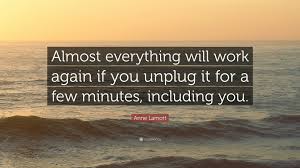
Step away from that screen please, (after you finish reading this, of course!). Step outside instead. Take the time to savor these last few beautiful weeks of summer, before the busy-ness of fall begins. Take the time to unplug and recharge your body, mind & spirit. As always, your yoga mat is the perfect place to start.
FREEDOM
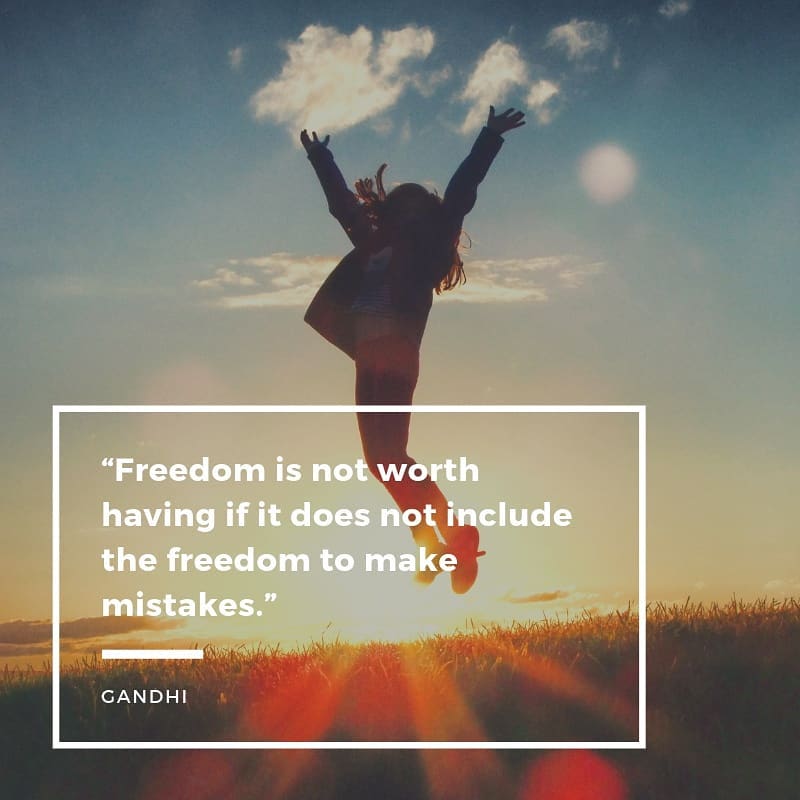
How many of us are bound by perfectionist strivings? How often are we imprisoned by the fear of making a mistake or being wrong? It’s difficult to grow and change and transform when that kind of fear is holding you back. So I offer this thought: maybe it’s time to embrace our perfectly imperfect selves; to take chances and try something new even though we may never master it. How about just going for the pure joy of a new experience?
There’s always something new to experience and discover when you come to your mat, which is just one reason why yoga can be so liberating.
So let’s practice together. Mistakes welcome.
This is personal.

It’s ironic that I’m posting this snowy vista on a beautiful spring day, but there’s a story here that relates to the yama of Asteya — non-stealing.
Here goes: I am a fearful skier. Every time I go to Colorado to visit my daughters, I delight in the scenery and the cool, crisp air, but I’m always tentative about the skiing. I’m always praying that I’ll make it through the day without straining a muscle, or worse, breaking a bone. And as someone who learned to ski in middle age, and who doesn’t particularly like heights or high speed, I wasn’t exactly the ideal candidate for this sport. However, I’ve slowly and doggedly improved throughout the years.
But this time I had a breakthrough. As I was attempting a particularly slippery slope, I realized that my fear was stealing away the joy of being in those magnificent mountains. The phrase — don’t let fear steal your joy — popped into my head, and I used it as a mantra as I took on more and more challenging runs. It also helped to have one very patient husband and two beautiful daughters encouraging me and reminding me “don’t fight the mountain.”
And yes, of course this is a metaphor. How often do anticipated fears or anxiety steal away the beauty of the moment that is right in front of us. How often do we “fight the mountain” when we can simply be enjoying the view. This is part of the practice of asteya and what better place to practice than on the mat (or a ski slope!).
Ahimsa
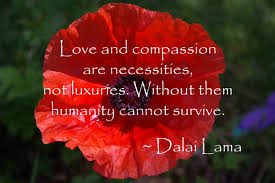
Ahimsa is the first of the 10 jewels (the yamas and niyamas) of the Yoga Sutras. It is the foundation, the keystone from which everything else flows. It is the sutra that encourages non-harming in thought, word and deed. In other words, it is the practice of loving kindness and compassion.
The key word is practice. It can take a lifetime to fully embody the qualities of ahimsa. Even Gandhi, when asked if he had mastered ahimsa, giggled and said “I’m still practicing.”
Let’s practice together.
Solar Energy

The summer solstice occurs on Thursday, June 21 at exactly 6:07 am. (Set those alarms!).
It’s a moment when the sun stands still, heralding the beginning of summer. It’s been celebrated by humans since ancient times. It’s also a powerful time to set an intention – to take all that hot, bright sun energy and ask yourself, “what’s next?” Or as Mary Oliver more poetically phrases it, “What is it you plan to do with your one wild and precious life?” And what better place to set that intention than on your yoga mat!
Ishvara Pranidhana
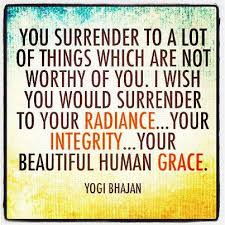
The fifth and final niyama on the second limb of Patanjali’s 8-fold path is Ishvara Pranidhana.
It can be translated as: surrendering (Pranidhana) to a higher source (Ishvara). I prefer this translation because the concept of a greater consciousness or higher being or the Source is so deeply personal and can be expressed in so many individual ways. As Shiva Rea explains: “To practice Ishvara pranidhana, we must first start with our own intimate connection to the universe. In yoga, this is referred to as your Ishta-Devata…..(which) recognizes that we each have our own, personal relationship with and taste of the Divine…”
For me, the quote above from Yogi Bhajan best expresses my understanding of this niyama.
Svadhyaya
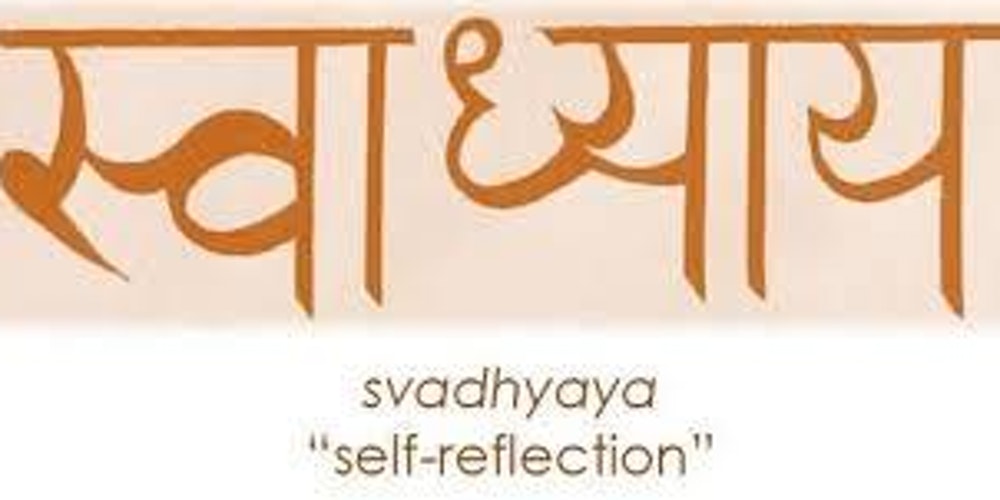
On the most literal level, svadhyaya, the fourth niyama, translates as self-study, or more accurately, self-reflection.
Which, on the surface, may sound like egocentric navel-gazing, but that is not what svadhyaya is about. The practice of svadhyaya encourages self-reflection by reading sacred or inspirational texts, by performing rituals such as chanting, singing a hymn or reciting a mantra and, of course, through a yoga and meditation practice.
Svadhyaya also exists in mutual relationship with tapas, and there is a continual interplay between the two. As Gary Kraftsow describes it, “svadhyaya develops tapas, tapas develops svadhyaya and together they help us awaken to the spiritual dimension of life.”
“Awaken”

I love the paradox that is implicit in this Carl Jung quote — because the literal act of dreaming is such an internal, subconscious process, and then we “wake up” to the outside world. But the idea of looking within to truly awaken oneself is at the core of svadhyaya (self-study). As BKS Iyengar explains it, svadhyaya is “the drawing out of the best that is within oneself.”
Finding the best within ourselves is a practice we do on the mat, so we can bring that light of awareness to our lives off the mat.
TAPAS
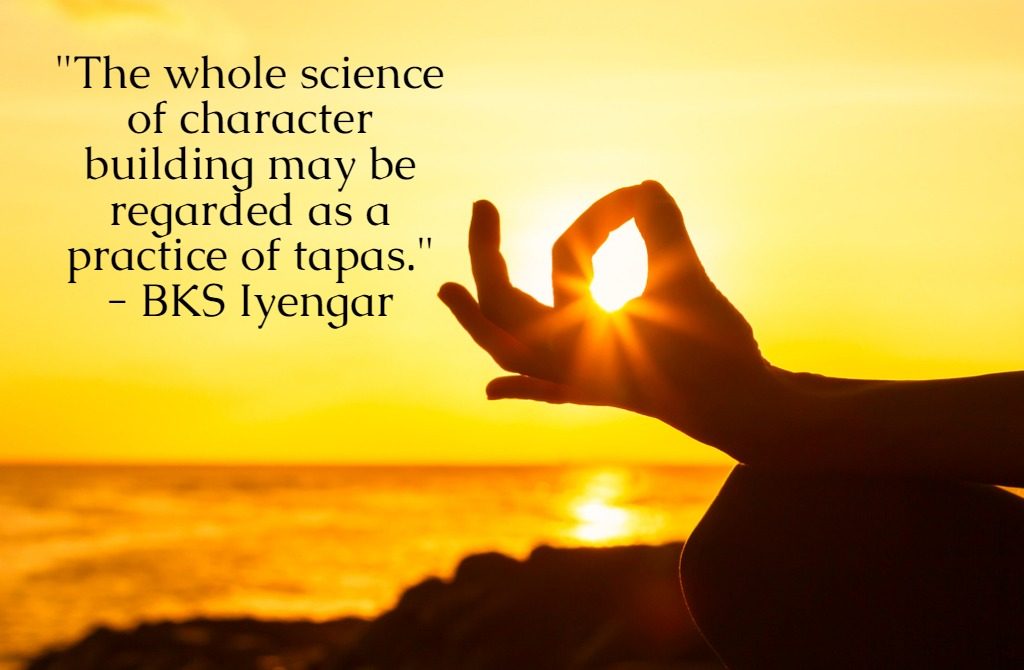
The third of the niyamas is tapas. It derives from the root “tap,” which means to blaze, burn, shine or consume by heat. It has also been variously translated as “austerity,” “discipline” and “perseverance.” All are fiery and transformative qualities that, as Iyengar describes it, help us gain “courage and wisdom, integrity, straightforwardness and simplicity.”

Spiritual teacher Ram Das has described tapas as a “fierce grace.” It’s the ability to rise from heartache, from crisis, from sorrow…to find light, hope and make a lasting change. I think we saw that on Saturday in the hearts and tears of the young people who spoke so passionately at the rally for March for Our Lives. Truly, that is tapas in action. I’d like to dedicate this week’s classes to all those who spoke out against violence and hate.
SANTOSHA

“Instead of seeking contentment from the outside in, we find contentment from the inside out.”
– Rolf Gates
The second niyama, on the second limb of Patanjali’s 8-fold path, is about finding contentment with what is, rather than from what we desire. On the surface it may seem like complacency, but it doesn’t mean idly sitting back and relinquishing the need to do anything. It simply means accepting and appreciating what we have, who we are, right now — and moving forward from there.
As Deborah Adele describes it, “Santosha invites us into contentment by taking refuge in a calm center, opening our hearts in gratitude for what we do have,
and practicing the paradox of ‘not seeking’.”
As always, we can explore this quality on the mat, as we practice radical gratitude
for what our bodies can do…focusing on abundance, not lack.
Saucha

“You just think lovely, wonderful thoughts and they lift you up in the air.” Peter Pan
While delving deeper into the niyama of Saucha/Purity, I suddenly thought of this quote from Peter Pan. Because, in addition to personal cleanliness, conscious eating and de-cluttering our space, another aspect of Saucha is purity of thought. You’ve probably heard the expression, “where the mind goes, energy flows,” so being aware of the quality and clarity of our thinking minds, can help keep our energy flowing clear and clean.
As someone who tends toward dark and anxious thoughts, this is truly a practice for me. But, as the yogic texts suggest, we can cultivate purity in our thinking, by also cultivating sincere appreciation for others, practicing gratitude and showing up fully and completely to everything life offers.
Perhaps this incredible super moon, appearing on the horizon early Wednesday morning will be an inspiration to us all to “think lovely thoughts.”

SAUCHA — PURITY
As the first niyama on the second limb of Pantajali’s 8-fold path, Saucha invites us to purify our bodies, our thoughts and our words. Every time we come to our mats, we have the opportunity to practice Saucha.
Every inhale is an opportunity to draw in fresh, clean air.
Every exhale is an opportunity to release toxins and purify.
Saucha can also be practiced on a very practical level — cleaning and clearing out clutter. (I’m always working on this one!) But whatever form “purifying” takes, it always begins with an intention to “lighten” the load we are carrying — be it emotional or physical, in our external environment or in our deep inner lives.
*****
I admit, it was easy to find Saucha in the pure, fresh air of the Colorado Rockies. Not so easy, however, was taking on the relational aspect of Saucha, where each moment is approached with total attention and openness, and each person greeted without judgment or preconceived notions.
Saucha is the only yama/niyama that requires two sutras of explanation: The first is primarily personal — about purifying and cleansing our bodies, and the physical space around us. The other is more relational — how do we meet each moment in life? How often have you entered into an experience with a clatter of scattered thoughts, and then left without having experienced anything at all?
The practice of purity asks us to slow down,
do one thing at a time, and give each moment or person our undivided attention.
Loving Kindness
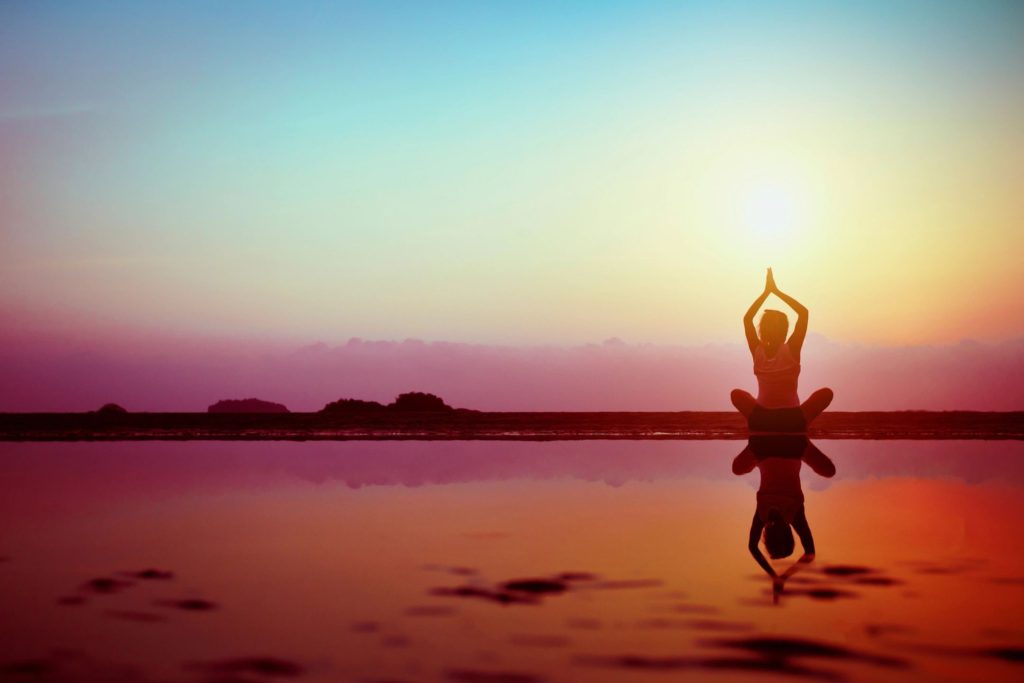
May you be well.
May you be happy.
May you be safe.
May you be filled with loving kindness.
Most of us are familiar with the Metta meditation, aka the practice of Loving Kindness. These simple well-wishes are first sent to yourself,then to a loved one, then perhaps to an acquaintance or neutral person, then to someone you are having difficulty with, and finally to the larger community. When practiced regularly, this meditation has been shown to decrease stress and increase compassion. Scientific studies have also shown that the benefits of this practice can go even deeper, positively impacting the body’s inflammatory and neuroendocrine system and even enhancing the brain’s capacity for empathy and greater social connection.
There are many variations of this practice, some of which I’ve shared in class, but the beauty of this meditation is it can be tailored and personalized with your own thoughts and words.
With that in mind, may you all find joy and peace, and be filled with Loving Kindness in the New Year and beyond.
The winter solstice arrives at exactly 11:28 am on December 21.
The Yamas

I hope that the past few months of exploring the yamas have brought a little more light, joy and meaning to your yoga practice…and your life. Personally, I could spend years studying each one, spiraling back again and again to the many facets of these jewels of wisdom. But even at this introductory level, the yamas, which focus on our relationship with the external world, have also served to prepare us for the next limb — the Niyamas. Starting in January, we will begin to explore the Niyamas (observances), which focus on our inner world and move us to a more subtle realm.
Satya
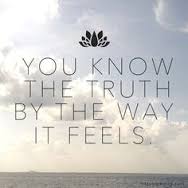
This week, we continue our exploration of the second yama: Satya. Usually translated as “truthfulness,” but when the syllables are taken apart it translates as: Sat=Truth Ya=to activate
It is an on-going practice, as slippery and fluid as life itself, because what reveals itself as true in the morning may have changed by the afternoon. What is true for you at age 18 may be totally different at 35 or 61. And looking inside ourselves for truth, the process of clearing away self-deception, is one that we must continually “activate.”
Coming to your yoga mat is a wonderful place to look inside, clear away negative self-talk, and see what is ringing true for you today. Something that can usually be felt….in the heart.
Brahmacharya
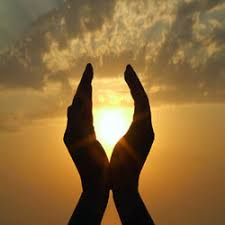
“Established in Brahmacharya, one develops a fund of vitality and energy, a courageous mind, and a powerful intellect… Brahmacharya is the battery that sparks the torch of wisdom.” – BKS Iyengar
The “yama of the month” (so to speak) is Brahmacharya — where we are encouraged to practice restraint in all aspects of our lives in order to preserve and utilize energy in a more beneficial way.
In our yoga practice, we can explore that balance by slowing down from the busyness of our lives, and opening to the deep connections of mind, body and spirit.
Or, as Jon Kabat Zinn says, “to become a human being, rather than a human doing.”
Asteya
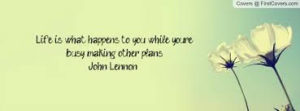
As the Buddha says, “Be where you are…otherwise you will miss most of your life.”
So what does this have to do with the yama of Asteya, non-stealing? Well, Asteya is not just about stealing in the material sense, Asteya is about all the ways we steal from ourselves and from others, by not being fully present in the moment. Another way we “steal” is by not respecting the earth’s resources. As the Native American saying goes: “We do not inherit the earth from our ancestors, we borrow it from our children.”
Bringing respect, awareness and conservation to those around us and to the precious resources of our planet is one way to practice Asteya – non-stealing.
